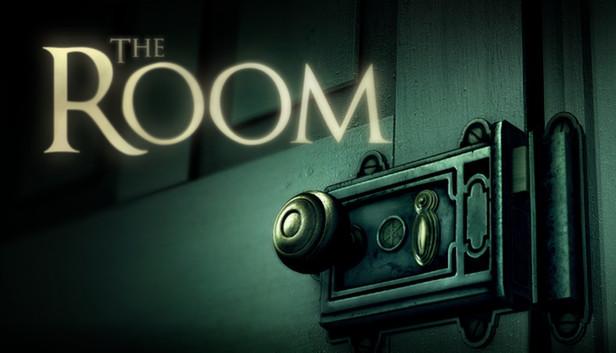Introduction
This week I played The Room, a puzzle game developed by Fireproof Games. Although the game was originally developed for iOS, I played it on my PC (it is also available on Switch and Android). This single-player game is slightly unsettling and tailored for a more mature audience (13+).
Central Argument
I argue that the three-dimensional aspect of the puzzles confined to a single box makes the game feel more immersive.
Analysis
Though this game is called The Room, really it could be called The Boxes. In each level, players unveil and solve a series of puzzles integrated within a box. There is a thin embedded narrative connecting each level, as you follow in the footsteps of the man who created these boxes through a series of letters he left behind.
What sets The Room apart is its singular focus on a box within each level. The surrounding environment is limited to an aesthetic addition: players can’t interact with it directly. This boundary directs the players’ attention to the box, imitating the focus that one has in the real world when closely examining an object. The puzzles themselves tend to be unique, with limited loops. For instance, one recurring loop was using an eyeglass tool to view hidden messages, but as the game progressed, the puzzles for this type of loop became more difficult, keeping players engaged and challenged.
The Room also integrates three-dimensional aspects into its puzzles to create a greater sense of immersion. From the very beginning of the game, the first instruction of the tutorial is to click and drag to look around the first box. This immediately signals to players that hints and other puzzles can exist on all sides of a box. The first-person perspective further emphasizes this immersion, with visual-spatial puzzles relying on the player’s viewpoint to present new challenges. For instance, one puzzle involved moving a square block horizontally and rotating a cylinder such that the shapes aligned to create a symbol. However, depending on the player’s perspective, the symbol wouldn’t necessarily be visible even with the correct block and cylinder placement.
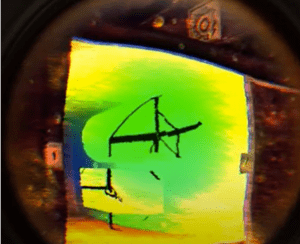
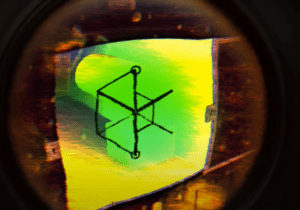
(same position/orientation of cube and cylinder, but a different perspective)
Other three-dimensional puzzles require players to constantly rotate between different sides of an object. For instance, one puzzle had a panel sticking out of the box. On one side of the panel, two levers could be manipulated to control a cube’s orientation.
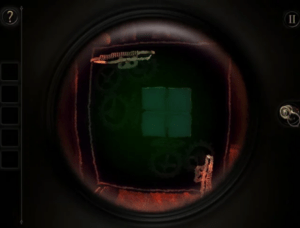
On the opposite side, the panel had a seemingly fixed puzzle with four additional yellow blocks surrounding the cube’s blocks in the center.
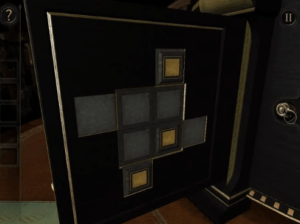
The goal of this puzzle was to get all of the outside yellow blocks inside the cube, which required manipulation of both sides of the panel. Players eventually learn the connection between these two puzzles and that the image they were manipulating could be imagined as a connected, three-dimensional cube, instead of distinct 2-dimensional squares on each side of the panel. 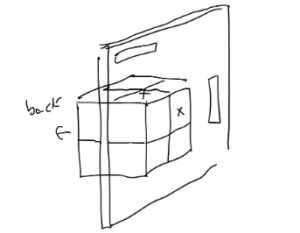
Overall, The Room’s mechanics work as abstracted versions of their real-life counterparts, compelling players to rotate and manipulate objects to be fully visible and understandable, creating a more immersive gaming experience.
Conclusion
As mentioned earlier, this game was originally designed for mobile devices. Therefore, I believe that some of the puzzles weren’t as satisfying or intuitive due to translation issues. Additionally, while The Room offered hints to prevent players from getting too stuck, not all hints were helpful. When I played this game, I got horribly stuck on the visual-spatial puzzle where I had to reveal a symbol from the cylinder and block. The hint only told me where to find these objects and that I needed to align them properly, which was unhelpful as I was stuck on the alignment part. Despite these difficulties, The Room offered a satisfying level of challenge with each puzzle and discovery as players unlock the secrets of each box.


